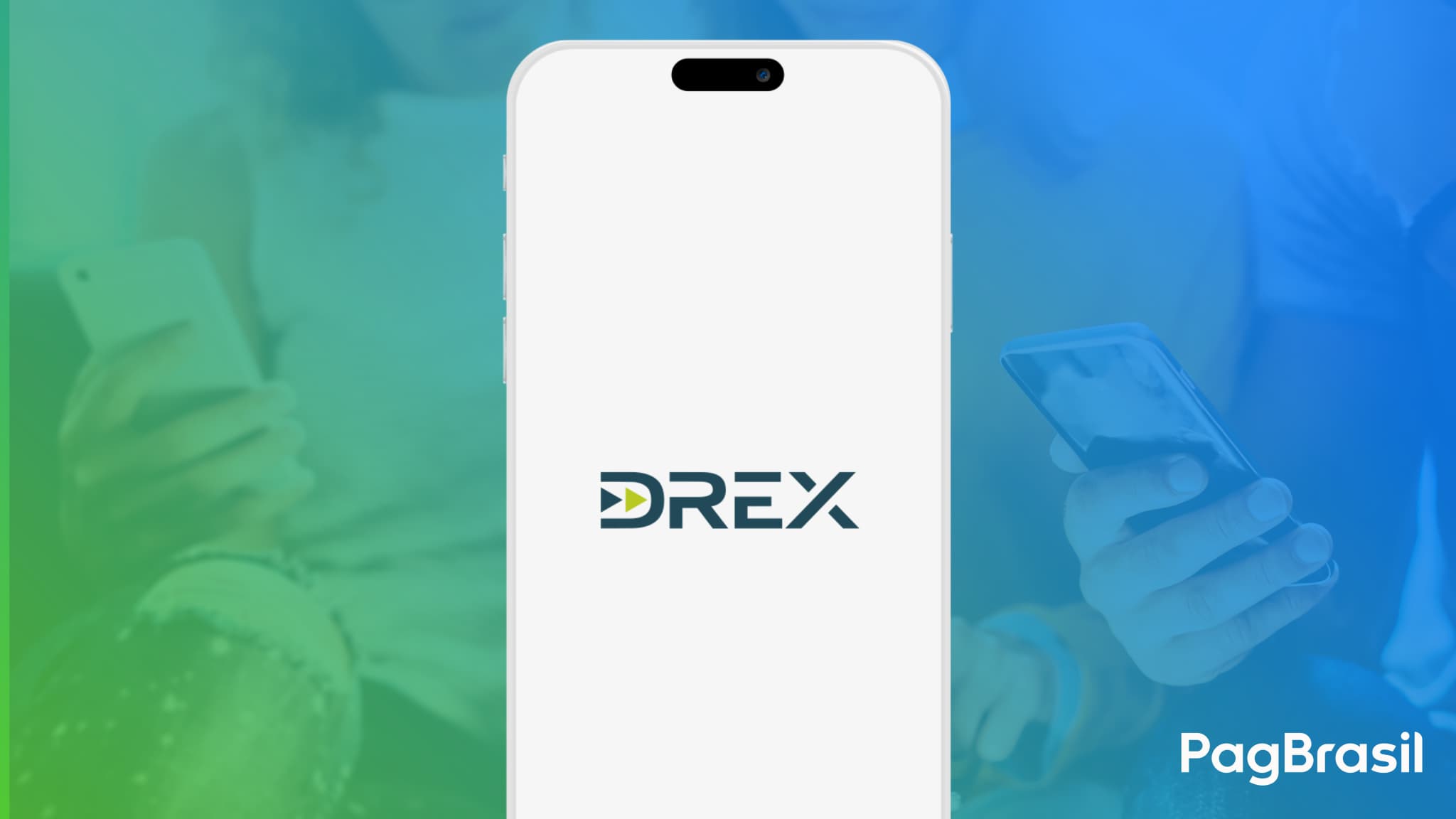The Central Bank of Brazil has announced that its digital currency, Drex, will go live in 2024.
The Central Bank of Brazil has set a new milestone toward the country’s digital finance revolution. On the 7th, the central bank announced the latest developments regarding its CBDC, named Drex. The new feature is being introduced nearly three years after the release of Pix, Brazil’s instant payment method, and is scheduled to launch in 2024.
What is a CBDC?
“CBDC” corresponds to the acronym “Central Bank Digital Currency.” A CBDC is a digital currency issued by a country’s central bank and backed by the country’s official currency.
CBDCs are similar to stablecoins – a private-issued cryptocurrency pegged to another currency, commodity, or financial instrument using public blockchains. The fundamental difference, however, is that CBDCs are state-issued currencies linked to the country’s official currency and running on private blockchains.
The Digital Currency Landscape Worldwide
As physical cash usage falls worldwide and the demand for cryptocurrencies like Bitcoin and Ether continues to rise, central banks are gradually embracing Digital Ledger Technologies (DLT) such as blockchain to keep pace with the fast-changing financial landscape. Research shows that a total of 130 countries – 98% of the global economy – are exploring CBDCs. Almost half of these countries are in advanced development, pilot, or launch stages.
Drex: Frequently Asked Questions about Brazil’s CBDC
Drex aims to optimize payment processes and foster innovation. The term encompasses the concepts of “Digital,” “Real,” and “Electronic.”
We’ve wrapped up a comprehensive guide to understanding Brazil’s CBDC. Check it out!
What is Drex?
Drex, formerly known as Real Digital, is Brazil’s CBDC, currently being developed by the Central Bank of Brazil. The project was initiated in 2020 and is expected to launch officially in 2024.
The Brazilian digital currency will be backed by the country’s fiat currency, the Real (BRL).
Will the same monetary policy rules apply to the digital currency?
Drex is a digital representation of Brazil’s official currency, meaning the country’s monetary policy will be the foundation for maintaining its value. When managing the economy’s liquidity to maintain Real’s purchasing power stability, the Central Bank considers the number of digital reais in circulation.
Is Drex a wholesale or retail CBDC?
Drex is a wholesale CBDC, meaning the digital currency will not be accessed directly by account holders but through digital wallets connected to payment institutions, like banks.
What will users be able to pay with Brazil’s CBDC?
Although a wholesale CBDC, users can pay with Drex through banks and financial institutions. In other words, Brazilians will be able to manage the digital currency like they manage funds deposited in banks.
What is the difference between Drex and Pix?
Drex is a digital currency pegged to Brazil’s official currency, the Real. In other words, Drex is basically another type of money. Fabio Araujo, an economist at the Central Bank of Brazil, describes the CBDC as “the everyday Real within the new blockchain technology.”
On the other hand, Pix is a payment method – an instrument developed by the Central Bank of Brazil to move money around.
How Drex Will Shape the Future of Finance in Brazil
Drex represents a significant advance in the Brazilian financial realm, aiming to simplify complex financial operations and enable innovations like the use of smart contracts. Take real estate transactions as an example: this type of operation commonly requires the need of third parties, like notary’s offices and law firms. With Drex, this process can be easily optimized.
On the other hand, because Drex is paired with Real, massive adoption in everyday uses is quite unlikely. Pix richly covers the needs of the Brazilian population, continuously adding more features aimed at improving the financial landscape in the country.


